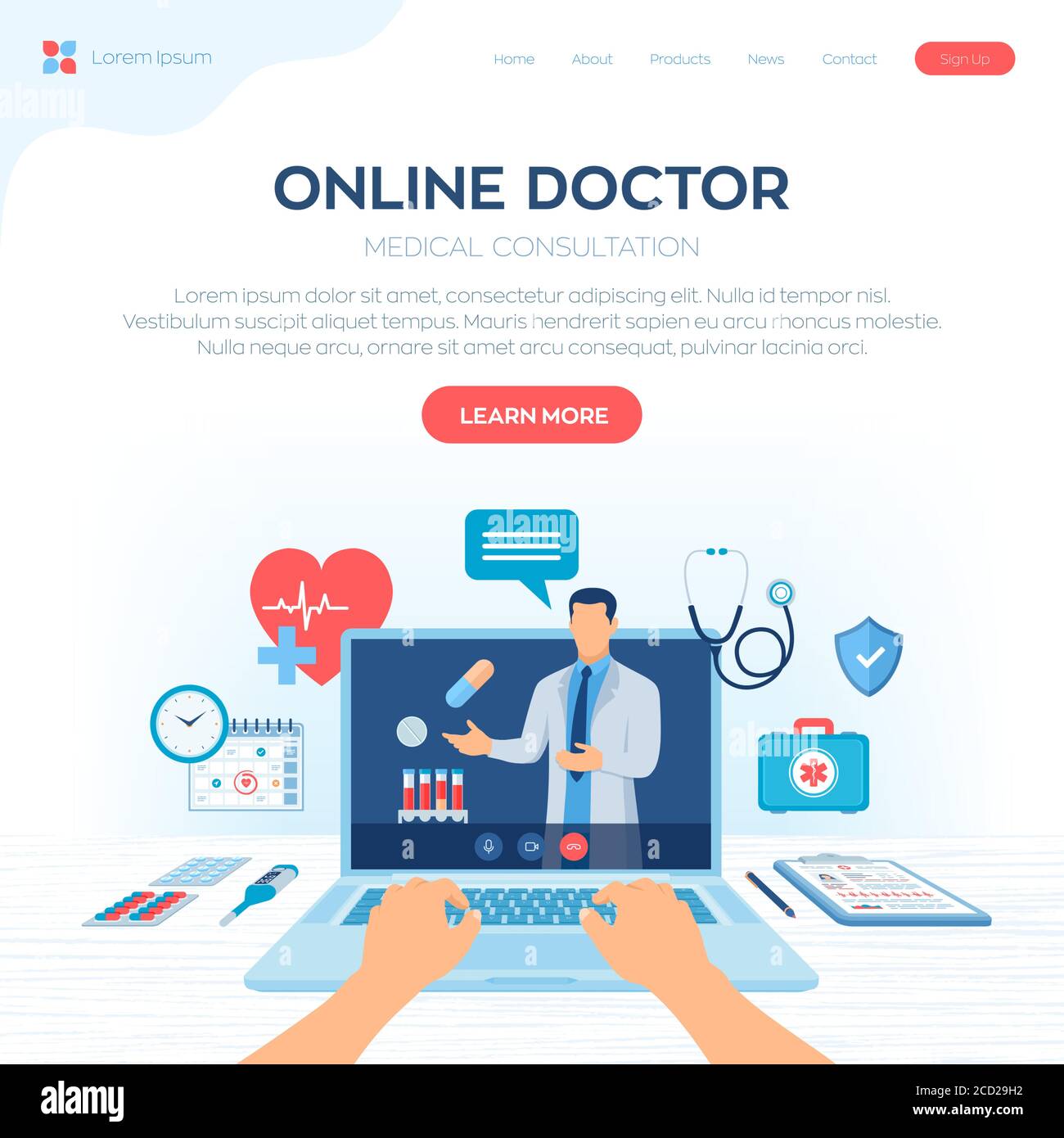The Influence of Subscription Based Healthcare on Typical Clinical Practices
The Influence of Subscription Based Healthcare on Typical Clinical Practices
Blog Article
Recognizing the Cost-Effectiveness of Subscription-Based Health Care Versions
As the healthcare landscape progresses, subscription-based models become an engaging alternative, guaranteeing to redefine just how individuals handle clinical expenditures. Assessing these designs' cost-effectiveness demands a nuanced comparison with standard insurance policy, considering both monetary effects and patient fulfillment. While they supply transparency and predictability in prices, inquiries stay regarding their ability to meet diverse medical care needs, specifically for specialized treatments. The perspectives of doctor better complicate this formula, presenting a complex difficulty. What does the future hold for these designs, and can they really supply on their promise of accessible, budget-friendly treatment?
Overview of Subscription-Based Models
Subscription-based medical care versions, often referred to as direct primary treatment or attendant medicine, are increasingly gaining focus as a prospective service to inefficiencies within traditional medical care systems. These designs operate on the concept of offering individuals direct access to medical care suppliers with a monthly or yearly cost, bypassing the requirement for traditional insurance policy systems. This arrangement intends to streamline patient-provider communications by decreasing administrative problems, which frequently hinder prompt and personalized treatment.
At the core of subscription-based designs is the focus on a much more tailored client experience. Patients benefit from boosted access to their medical professionals, typically consisting of same-day or next-day consultations, extended examination times, and direct communication networks such as phone or video phone calls. This version fosters a positive approach to health care, where people and companies can collaboratively focus on preventative care and chronic disease management.

Cost Comparison With Conventional Insurance Coverage

One of the primary economic benefits of membership models is transparency in prices. Alternatively, standard insurance coverage may be extra helpful for individuals requiring specialized treatment or costly treatments not covered under a subscription version, as they benefit from the broader insurance coverage network and cost-sharing systems.
However, cost-effectiveness is context-dependent. While registration models could provide financial savings for those mainly requiring health care, people with chronic conditions or specialized health care needs might locate standard insurance more comprehensive. Reviewing specific health care needs and potential usage is vital in determining the most affordable alternative for people.
Effect On Client Contentment
Patient complete satisfaction within subscription-based health care versions often reflects a considerable enhancement over typical insurance systems. This enhancement is mainly credited to the customized treatment and access you can look here these versions supply. Patients frequently report higher satisfaction due to decreased wait times and the simplicity of scheduling appointments. Unlike conventional systems, where clients may experience delays in receiving care, subscription-based versions guarantee more prompt and straight communications with medical care carriers.
Moreover, the openness in expenses connected with subscription-based medical care eases the common frustrations connected to unforeseen fees and intricate billing procedures seen in conventional insurance (subscription based healthcare). Individuals appreciate recognizing the precise financial dedication upfront, leading to raised count on and self-confidence in their health care monitoring
Furthermore, the focus on precautionary treatment and wellness in registration models adds to improved health and wellness outcomes, additionally enhancing individual satisfaction. By focusing on recurring health upkeep as opposed to episodic treatment, patients experience a have a peek at this website more all natural and continuous healthcare journey.
In addition, the enhanced provider-patient connection cultivated in these versions, characterized by even more time invested per patient and customized focus, plays a crucial function in raising person satisfaction levels, as individuals really feel truly cared for and comprehended.
Supplier Perspectives and Experiences
From the service provider's perspective, subscription-based health care versions supply a transformative approach to delivering medical services. These designs highlight a preventative and aggressive medical care approach, permitting providers to concentrate on extensive client care without the constraints of conventional fee-for-service plans (subscription based healthcare). This shift in focus frequently results in improved patient outcomes and increased provider satisfaction, as healthcare specialists can allot even more time and resources to client engagement and personalized treatment strategies
Furthermore, subscription models promote foreseeable profits streams, which improve economic security for health care service providers. This predictability permits boosted source planning and allocation, adding to a much more efficient medical care shipment system. Companies can purchase Going Here team innovation, infrastructure, and training improvements, therefore improving the quality of care offered.
Nevertheless, the transition to subscription-based versions is not without challenges. Carriers should adjust to new functional frameworks, which can include substantial modifications in payment practices and individual management systems. Furthermore, there is an inherent requirement for durable data administration to track person outcomes and make sure quality care. In spite of these difficulties, numerous suppliers find that the benefits of boosted person interaction and streamlined procedures surpass the initial difficulties, making subscription-based designs an eye-catching option.
Future Potential Customers and Difficulties

A key obstacle is regulative compliance, as registration designs should adhere to advancing medical care policies and insurance requirements. This necessitates continual adjustment and development to ensure placement with legal criteria. Furthermore, integrating these versions into existing medical care facilities can be complex, calling for significant financial investments in innovation and training.
There is also the prospective risk of producing inequities in health care access, as registration models could favor those that can manage them, leaving prone populaces underserved. Addressing this calls for thoughtful consideration of rates strategies and aid devices to guarantee inclusivity.
Verdict
Subscription-based healthcare models present a practical option to standard insurance policy by supplying economic predictability and openness, specifically profiting people with persistent problems or regular health care requirements. The cost-effectiveness of these designs is contingent upon private health care usage patterns and situations.
Subscription-based health care models, in some cases referred to as direct primary treatment or attendant medication, are progressively getting interest as a prospective service to inefficiencies within traditional medical care systems. Unlike typical systems, where individuals may experience delays in receiving treatment, subscription-based versions make sure more timely and direct communications with medical care carriers.
These versions highlight a preventative and aggressive medical care technique, allowing providers to concentrate on extensive patient treatment without the restrictions of traditional fee-for-service setups. As these designs continue to get traction, they supply the prospective to revolutionize person access to care, streamline solution delivery, and maximize healthcare investing.Subscription-based health care versions provide a sensible option to traditional insurance coverage by offering economic predictability and transparency, specifically benefiting people with chronic conditions or constant healthcare demands.
Report this page